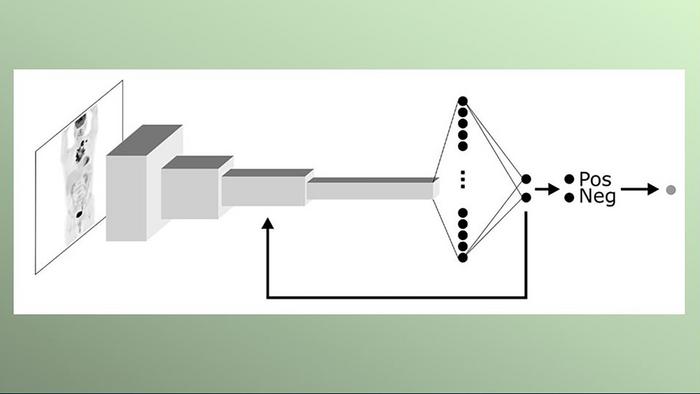AI Model Detects 90% of Lymphatic Cancer Cases from PET and CT Images
Posted on 15 Mar 2024
The use of artificial intelligence (AI) in medical image analysis has seen significant advancements recently. New AI-powered tools are being developed to assist in diagnosing a range of medical conditions, offering support to radiologists by providing additional opinions or prioritizing patients who require urgent care. These AI systems also promote healthcare equity by ensuring patients receive consistent expertise and timely image assessments, irrespective of the hospital's location. This is particularly beneficial for rare diseases, which radiologists may not frequently encounter, as AI has access to a broader range of information. Now, a landmark study involving AI-assisted image analysis of lymphoma, a type of cancer affecting the lymphatic system, highlights the recent advancements in computer-aided methods for interpreting medical images.
Researchers at Chalmers University of Technology (Gothenburg, Sweden) have developed a computer model named Lars (Lymphoma Artificial Reader System) that accurately identifies signs of lymph node cancer in 90% of cases. Based on more than 17,000 images from more than 5,000 lymphoma patients, Lars has been trained to detect visual signs of cancer in the lymphatic system. The researchers utilized image archives spanning more than a decade and compared the patients’ final diagnoses with their positron emission tomography (PET) and computed tomography (CT) scans taken before and after treatment.

Lars examines PET images to detect patterns indicating the presence or absence of lymphoma. The AI model was trained to detect signs of lymph node cancer without being programmed with predetermined instructions to look for in the images, allowing it to learn by itself which patterns are crucial for accurate predictions. Despite the promising results, further validation is essential before Lars can be implemented in clinical settings, marking the next steps toward integrating AI in healthcare diagnostics.
"In the study, we estimated the accuracy of the computer model to be about ninety percent, and especially in the case of images that are difficult to interpret, it could support radiologists in their assessments,” said Ida Häggström, Associate Professor at the Department of Electrical Engineering at Chalmers.
Related Links:
Chalmers University of Technology




 Guided Devices.jpg)









